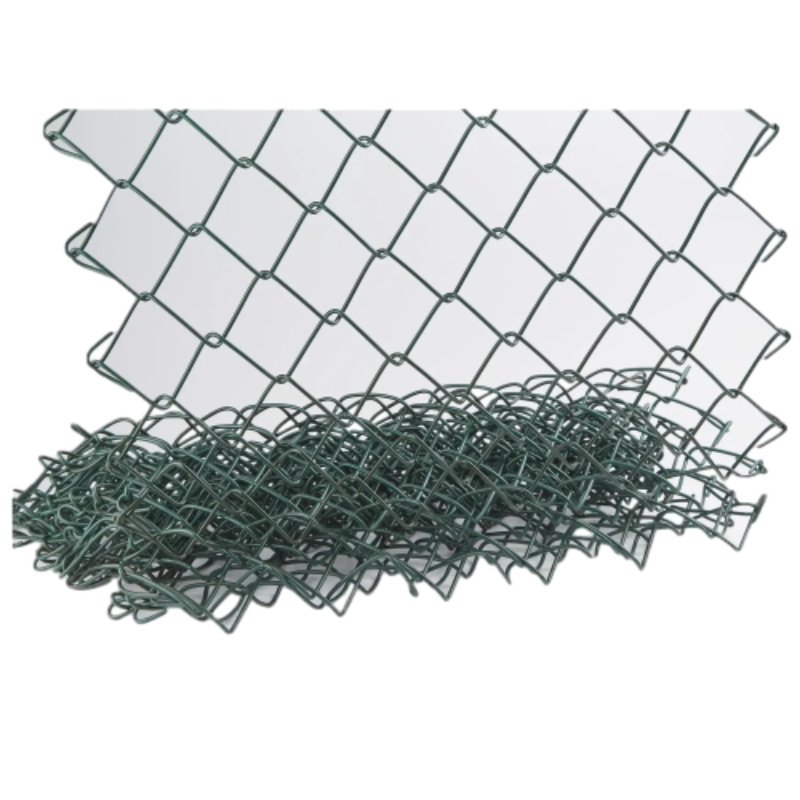The Role and Advantages of Highway Sound Wall Panels
As urban development and transportation infrastructure continue to grow, the impact of noise pollution from highways has become a significant concern for communities situated near busy roads. One effective solution to mitigate this issue is the installation of highway sound wall panels, commonly known as sound barriers. These panels serve to absorb, deflect, and reduce the sound waves generated by vehicles, creating a more peaceful living environment for nearby residents.
Understanding Sound Wall Technology
Highway sound wall panels are engineered using a variety of materials such as concrete, wood, metal, and composite materials. Their design is primarily influenced by factors such as location, aesthetic preferences, and noise reduction requirements. The effectiveness of these walls in curbing noise pollution depends on their height, density, and the specific sound characteristics of the area.
When vehicles pass by at high speeds, they generate noise through engine sounds, tire friction, and wind resistance. Sound wall panels are strategically placed alongside highways to create a physical barrier between these noise sources and adjacent properties. The principles of sound propagation dictate that taller and thicker panels are generally more effective at blocking sound waves, which is why engineering specifications often include significant height and material thickness.
Benefits of Highway Sound Wall Panels
1. Noise Reduction The primary function of sound wall panels is to significantly reduce the decibel levels of highway noise. Studies have shown that well-constructed sound walls can reduce noise levels by as much as 10 to 15 decibels, making a considerable difference in the living conditions of nearby residents.
highway sound wall panels

2. Improved Quality of Life By lowering noise pollution, sound walls contribute to improved mental health and well-being for those living near highways. Excessive noise can lead to stress, sleep disturbances, and other health concerns. A quieter environment fosters a better quality of life, promoting outdoor activities, conversations, and relaxation.
3. Environmental Aesthetic Improvements Beyond their primary function of noise reduction, sound wall panels can also enhance the visual landscape. Many municipalities are now opting for aesthetically pleasing designs, which can include murals, landscaping, and decorative elements. This approach not only serves to hide the stark view of highways but also adds to the community's visual appeal.
4. Wildlife Protection In areas where highways run near wildlife habitats, sound wall panels can help mitigate the impact of traffic noise on animal species. This can be crucial for the preservation of local ecosystems, offering a quieter space for wildlife and reducing the likelihood of accidents involving animals crossing roads.
5. Property Value Preservation Homes located near noisy highways can suffer from decreased property values due to noise pollution. Effective sound barriers have been shown to maintain or even increase property values by creating a more desirable living environment. This is beneficial for homeowners and local economies alike.
Conclusion
Highway sound wall panels play a crucial role in modern transportation infrastructure, serving as a vital tool in the battle against noise pollution. With their ability to provide significant noise reduction, enhance community aesthetics, and support local wildlife, these panels contribute to a better quality of life for residents in proximity to highways. As cities continue to grow and evolve, the implementation and design of sound wall panels will remain an essential aspect of urban planning, ensuring that the peace and tranquility of neighborhoods are preserved amidst the hustle and bustle of modern transportation.
-
Why Galvanized Trench Cover Steel Grating Resists Corrosion
NewsJul.10,2025
-
The Versatility and Strength of Stainless Expanded Metal Mesh
NewsJul.10,2025
-
Load Calculations in Steel Grating Platforms
NewsJul.10,2025
-
Keeping Pets and Kids Safe with Chicken Wire Deck Railing
NewsJul.10,2025
-
Hole Diameter and Pitch for Round Perforated Metal Sheets
NewsJul.10,2025
-
Aluminium Diamond Mesh in Modern Architecture
NewsJul.10,2025
Subscribe now!
Stay up to date with the latest on Fry Steeland industry news.

